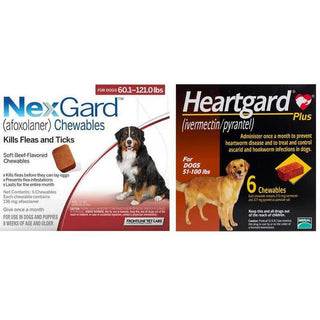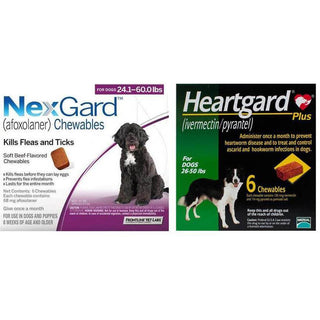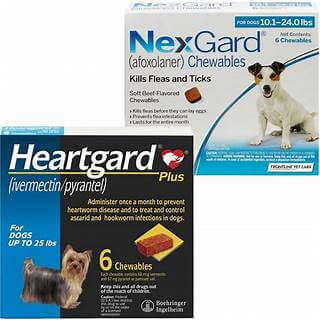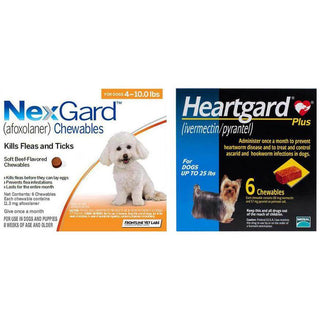
It's crucial for pet owners to know that the effectiveness of their pet's flea treatment largely depends on how and when it is applied, rather than the product itself.
Despite using treatments, cats and dogs might still have fleas for several reasons. These include incorrect application of the product and neglecting to treat the surrounding environment.
Not Using Flea Treatment Regularly
Since pets can get fleas even in winter, using flea treatment products year-round is essential, not just during the summer when fleas are most active.
Products like Bravecto, Revolution, and Frontline Plus effectively eliminate fleas, eggs, and larvae on your pet, but they must be applied consistently—monthly or every 12 weeks for Bravecto. Inconsistent use leaves your pet at risk of re-infestation due to fleas' rapid breeding and adaptable life cycles.
Flea pupae are nearly indestructible, meaning that even if you've been diligent about treating your home and yard, the pupae can eventually mature into adult fleas. Without continuous protection, these fleas will infest your pet again.
Starting Flea Treatment Medicine Very Late
The main reason flea treatments seem ineffective is that pet owners often need to pay more attention to the extent of the problem. Seeing a few fleas on your pet or the carpet means you already have a severe infestation. You need to find out the flea eggs and larvae embedded deep in your home's furniture and your pet's bedding, constituting 95% of the flea population.
Addressing a flea infestation requires more than just treating your pets. It's essential to also eradicate fleas from your home and yard simultaneously. Otherwise, dormant flea eggs and larvae will mature into adult fleas and re-infest your pet.
Not Using Flea Treatment Properly
Medications like Bravecto Topical, Revolution, Frontline Plus, and Advantage Multi are popular and effective for eliminating fleas, eggs, and larvae. However, they need to be applied correctly to be effective.
These treatments must be applied directly to your pet's skin, which can be challenging for pets with thick fur. Additionally, dry or unhealthy skin can impact the treatment's effectiveness.
Switching to oral medications may be a more reliable option. Bravecto Chews, Nexgard for dogs, and Capstar for cats and dogs are effective alternatives.
If your pet refuses oral chews, consider the Seresto flea collar. It effectively kills fleas, ticks, and larvae and provides long-lasting and safe protection for your pet.






